
Live Land Transport in Australia
Cruel animal suffering when live transported on trucks
In 2018, over 25,000 day-old chicks born on Easter Sunday were killed in a tragic truck rollover near Yass, NSW. The truck was carrying more than 100,000 day-old chickens before crashing upside down and ejecting hundreds of crates filled with chicks.
These poor chicks are just a mere snapshot of the millions of farmed animals who face extraordinarily long travel times on land. Australia's big landmass means over half of our farmed animals are live transported on land, mostly by road on freight trucks between farm producers to processing plants (domestic abattoirs, dairy milk and cheese factories) or ports and other markets (saleyards).
For example, according to the CSIRO, cattle from the Northern Territory face the longest journey of any Australian animal — travelling an average of close to 1,000 km and sometimes as much as 2,500 km to east coast abattoirs.
Every year, millions of animals are live transported on Australian roads.
Source: CSIRO, TraNSIT: Unlocking options for efficient logistics infrastructure in Australian agriculture, 2017
Animals Travel Long Distances on Land, Without Access to Feed and Water
Under the Australian Animal Welfare Standards and Guidelines for the Land Transport of Livestock, animals transported in Australia are deprived of water prior to transport, during transport, in saleyards and depots from anywhere between 12 to 48 hours depending on the species. Extended travel without water access is harmful to animal health and welfare.
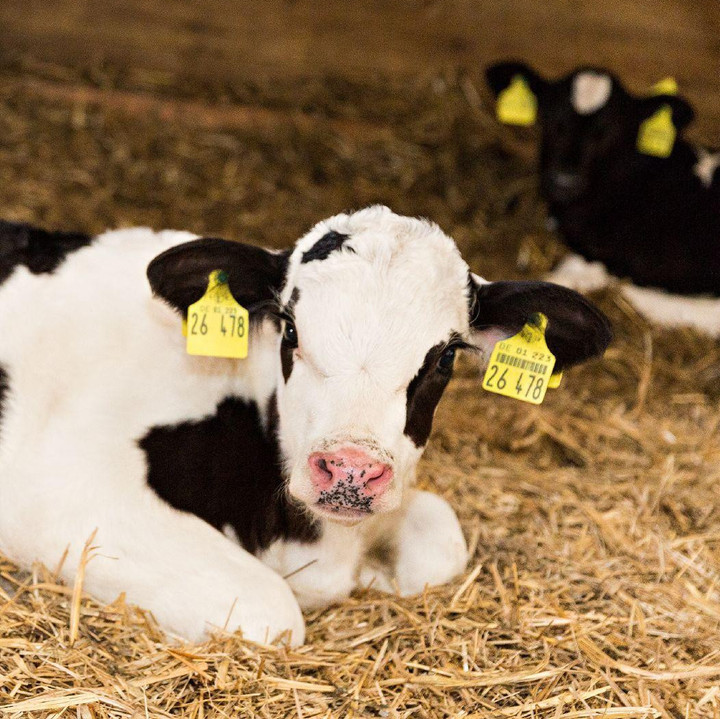
Up to 30 hours without food
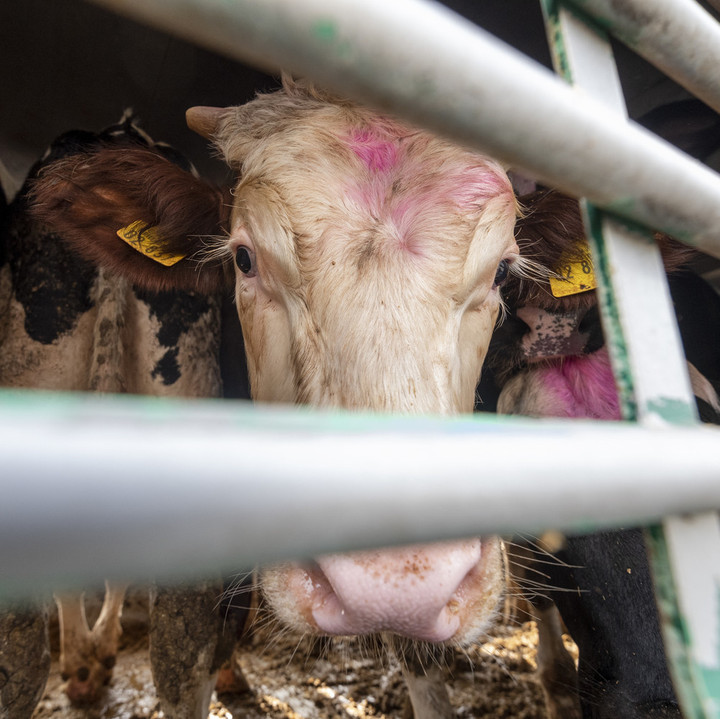
Up to 48 hours without water
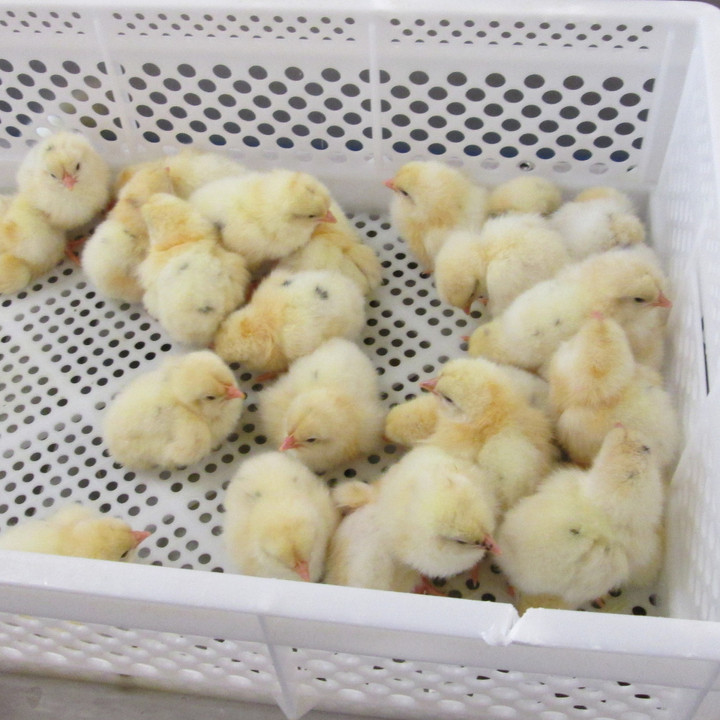
Up to 72 hours off water

Up to 48 hours without water
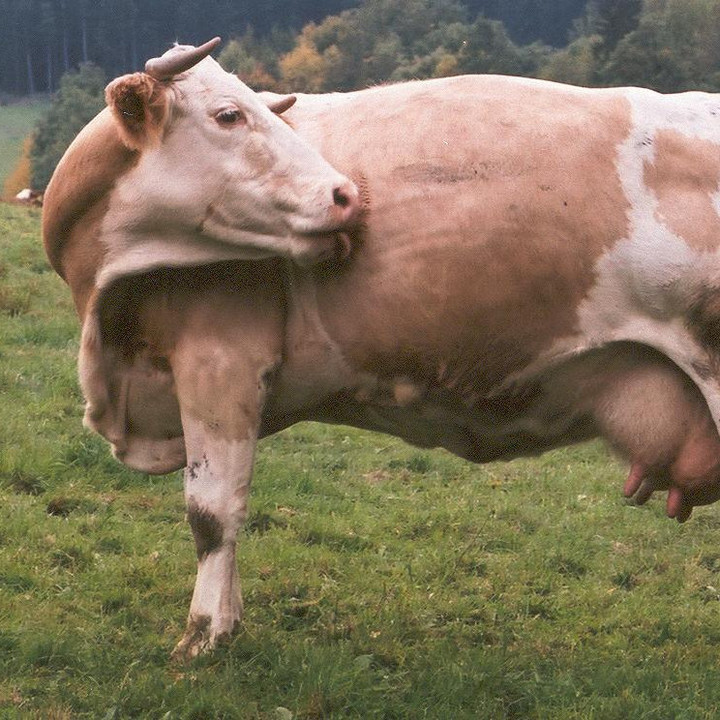
Travel in late-stage pregnancy
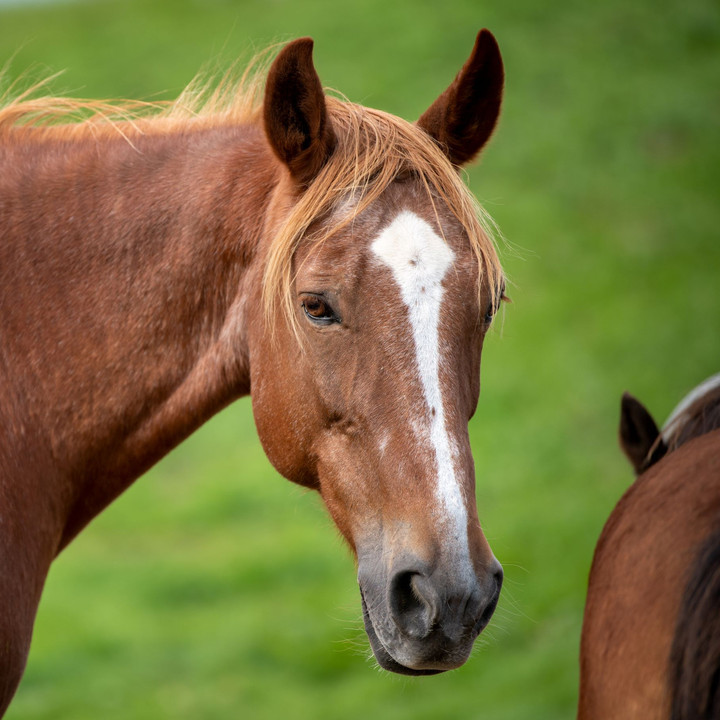
Up to 24 hours without water
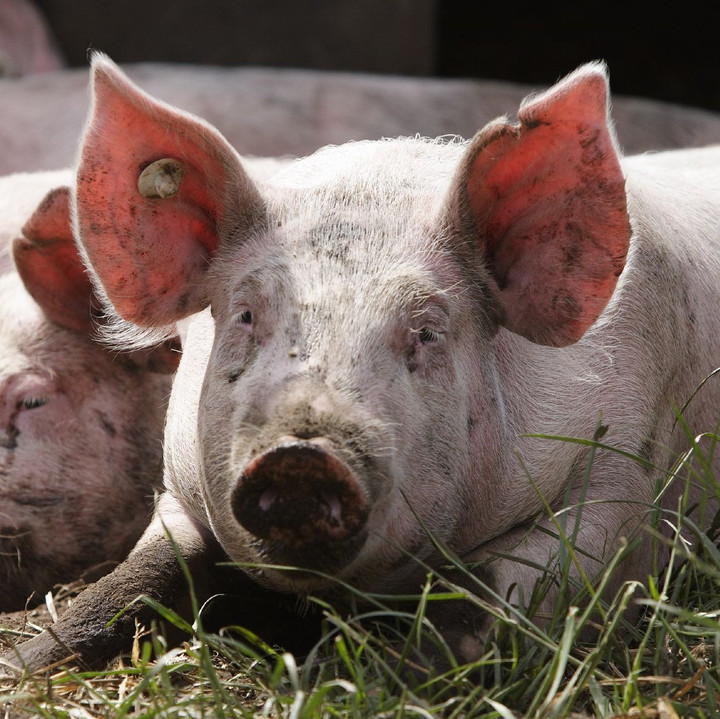
Up to 24 hours without water
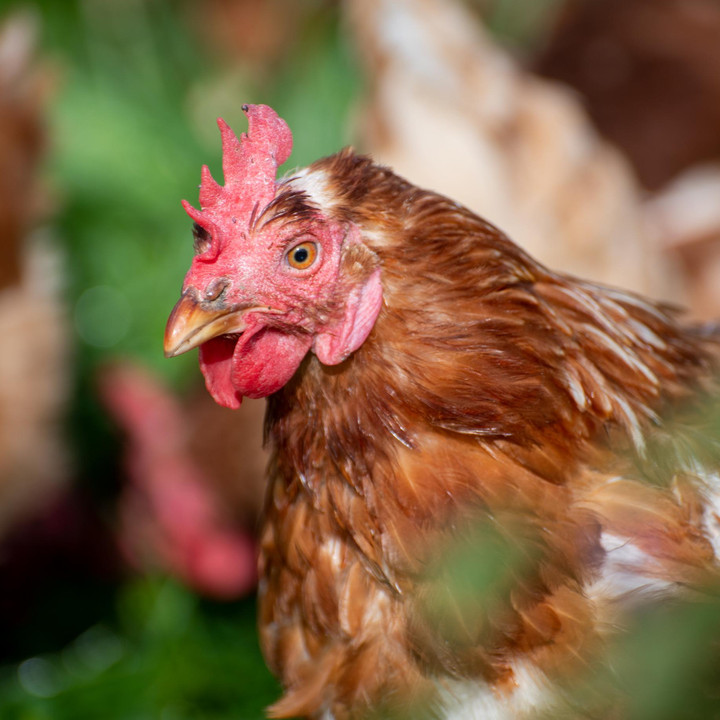
Up to 24 hours without water

Up to 48 hours without water
FOUR PAWS calls for a maximum transport time of 8 hours for cattle, pigs, sheep and goats, 4 hours for poultry and zero hours for transporting unweaned animals who are still dependent on a milk diet.
Where Are Farmed Animals Transported on Australian Roads
On any given year, millions of farmed animals are live transported from farms to abattoirs, saleyards, 'processing plants', export markets, or other farms.
Fast Facts on Live Land Transports in Australia
What you should know about transporting animals on roads
Why are animals transported alive over long distances?
Long distance transport of animals is happening for economic reasons only.
Intensive farm animal production has led to a specialisation in breeding and fattening farms, resulting in long distance transports of poultry, pigs, cattle, sheep and goats from the breeding farm to the fattening farm and from there to the slaughterhouse. The centralisation of slaughterhouses and the aim to minimise production costs have led to increasing distances in transports of animals send for slaughter as well.
For example, e.g. cattle are slaughtered in abattoirs where slaughter is cheapest and not where they originate from. Companies earn good money with the trade of live animals.
Which and how many animals are live transported on roads?
Every year, an estimated 540 million chickens, 35 million sheep and goats, 23 million beef cattle and dairy cows, 6 million pigs, and 20,000 thousand buffalos are transported within Australia on land, mostly via long-distance freight trucks and trailers (CSIRO, 2017).
How do animals suffer on long distance transports?
Every transport means fear and stress to the animals, as they are in cramped, stuffy conditions. The longer the journey the more likely it is that animals suffer. Particularly on long distance transports animals suffer, many of them die due to heat and water deprivation. Particularly poultry, pigs and unweaned animals are susceptible when it comes to dying on transports.
The following grievances are regularly taking place during long distance live animal transports on the road:
- The maximum loading density is exceeded and does not allow animals to rest in a normal position.
- Insufficient height inside vehicles, especially during the transport of cattle in double-decker truck.
- Unsuitable loading ramps (e.g. too steep, slippery).
- Transport vehicles lacking suitable equipment for feeding and watering (esp. when transporting young, un-weaned animals).
- Transport of animals being unfit for transport (sick animals and those with broken limbs), transport of highly pregnant animals "heifers", and transport of very young animals like day-old chicks and bobby calves.
- Fights between animals originating from different stables within the vehicles.
- Rough handling of animals during loading and unloading, leading to fear and serious injuries of the animals.
- Poorly trained or inexperienced staff, badly paid drivers, reckless driving.
- Temperature limits within the vehicle exceeding acceptable temperature (> 30°C and < 5°C), the animals suffer from heat and cold, numerous animals die of heatstroke or freeze to death.
- Empty or frozen water supply leads to severe suffering and deaths.
How many accidents are happening on transport trucks?
Accidents on the road happen regularly every year with truck crashes and rollovers. There is no official statistics about this, but accidents that lead to the death of thousands of animals are documented by NGO's and hit the news every year. Several analysis and whistleblowers have estimated up to millions of farmed animals die on roads in the UK and USA each year.
What is the alternative to live animal transports?
FOUR PAWS is advocating for community-based, restorative and sustainable agricultural practices that promote local farming, rearing and slaughter. Decentralisation of farms and locating abattoirs and slaughterhouses within a short distance from the farms is an important aspect to achieve an end of long-distance transports.
What can I do if I see a live animal transport where the animals are suffering?
Anyone who observes animals who are injured or e.g. appear apathetic or are licking the bars of the vehicle should inform the police immediately. These are signs of thirst and dehydration. Due to the lack of water, numerous animals die in agony in animal transporters time and again. It is important that you note the number plate and take a picture if possible. If the vehicle stands still on a parking place or else it is best to stay at the vehicle until the police arrives. If you are driving the car, it is important to tell the police where you are on the street so that the police can send a police car to this place, to either lead the truck out of the traffic jam or stop it in case the animals look dehydrated. The animals can then be watered and may be cooled by water from the fire brigade.
Source
2. Australian Chicken Meat Federation, 2020-21
3. Australian Pork industry, State of the Industry Report 2021
4. ABS, 2021-22
5. CSIRO, TraNSIT: Unlocking options for efficient logistics infrastructure in Australian agriculture, 2017
6. Deloitte Access Economics / AgriFutures Australia, The Impact of Freight Costs on Australian Farms, 2019






